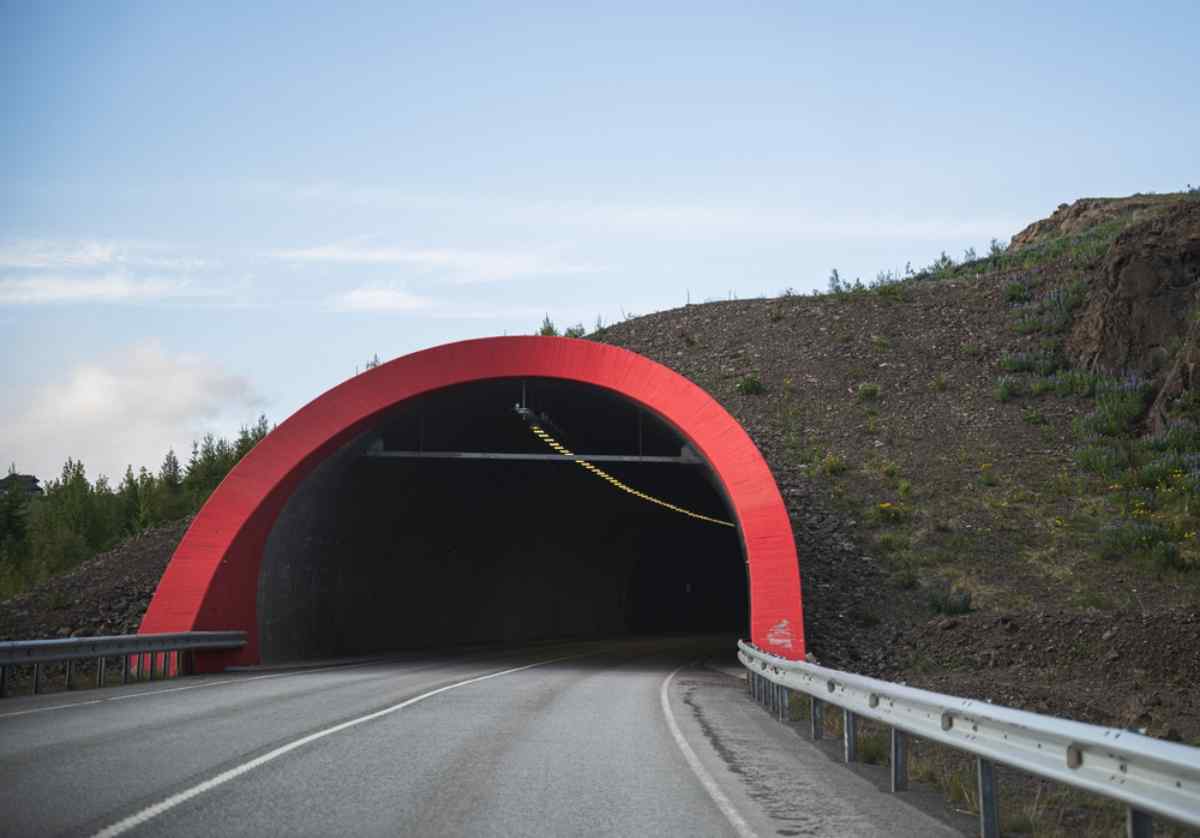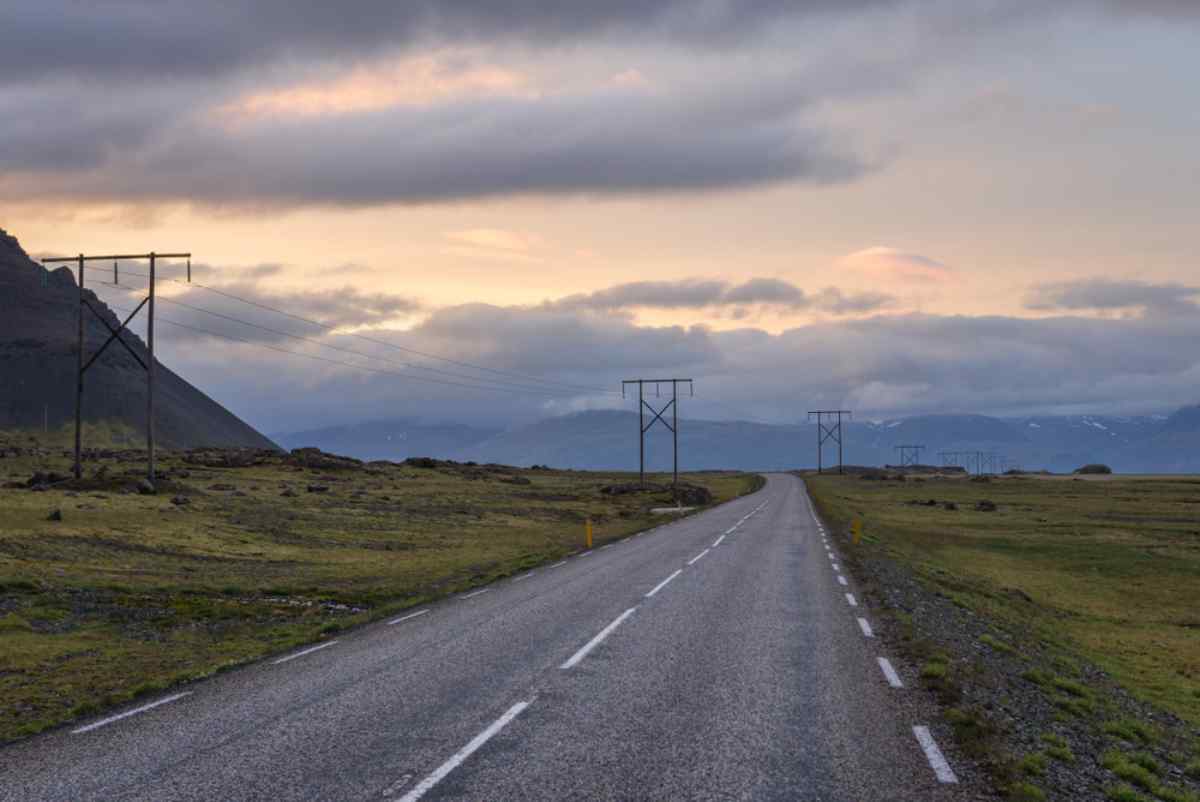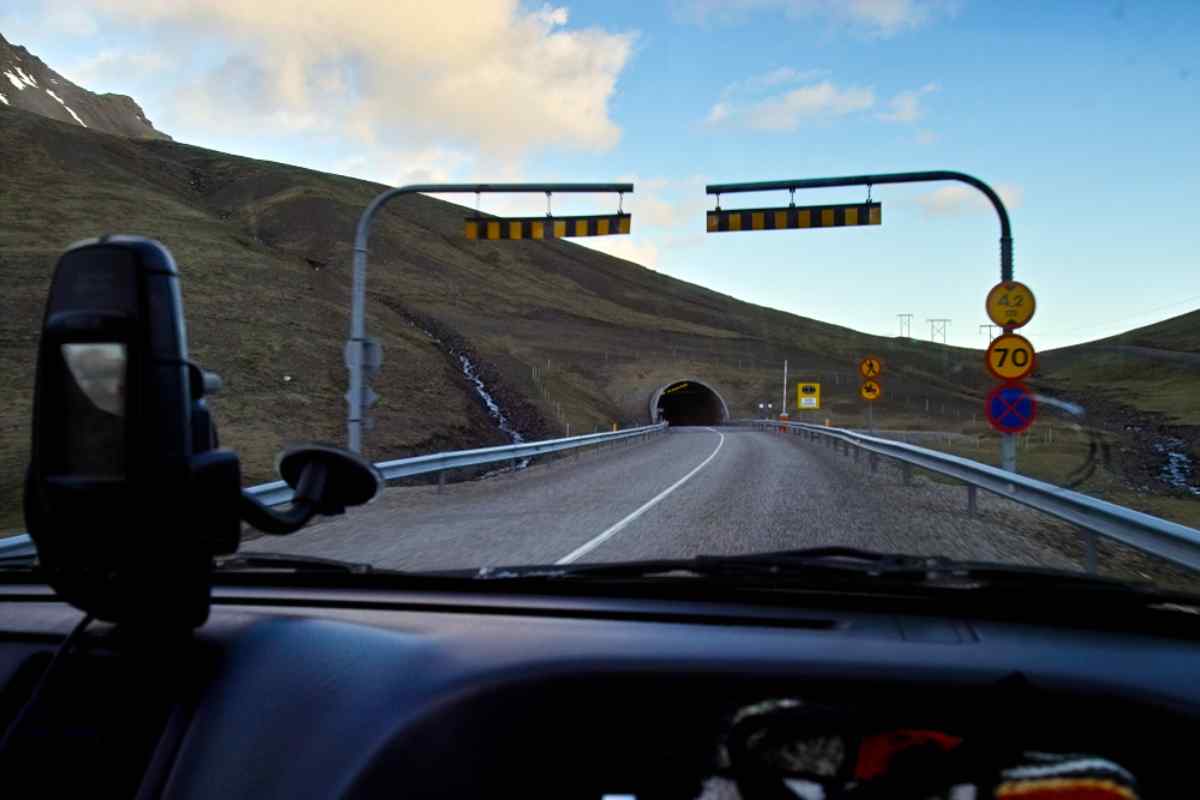01-08-2025

Many countries use tolls to help raise funds for road projects and to keep the roads safe for everyone. Iceland is no different, but there aren’t a lot of tolls to worry about. The Iceland toll tunnel is located just outside the Capital of the North, Akureyri. Here’s everything you need to know about this tunnel and whether you should use it or go around the mountain roads.
Some countries have a lot of toll roads to navigate, but when you travel around Iceland, you will be pleasantly surprised. In fact, the Akureyri tunnel is the only toll road currently in the country. There was once a toll on the tunnel just north of Reykjavík; it was stopped in 2018 when the cost of the tunnel was paid off.
The Vaðlaheiðargöng tunnel is part of the Ring Road, located just east of the town of Akureyri. It is the only part of the Ring Road where visitors need to pay a toll to pass through it. The tunnel was built between 2015 and 2018 and was finally opened in December 2018. The 7.4-kilometer tunnel shortened the Ring road by 16 km.
During the building of the tunnel, construction was delayed several times, first by a cold water leak in 2015 and then by the discovery of a pocket of geothermal water. However, despite the delays, the tunnel was completed and put into use. Even now, though, the middle of the tunnel is quite warm due to the geothermal pocket.

The cost of Iceland’s toll tunnel increased as of June 2025, with the cost of a one-way trip for a passenger vehicle costing 2,152 ISK. This fee applies in each direction, so if you are using Akureyri as a base, keep this in mind. You will also need to be mindful of paying within 24 hours of your trip through the tunnel to avoid paying higher fees.
Unlike some other countries, paying for the Iceland toll tunnel isn’t done on the spot at a toll booth. It is also not paid through the Parka app, unlike other fees, such as parking. Instead, you will need to pay online. You can pay on the website tunnel.is by entering your vehicle license plate and your payment information. You can pay 24 hours before, up to 24 hours after going through the tunnel, so it’s best to do it early to avoid forgetting.
If you fail to pay for the tunnel within 24 hours of using it, the cost will be charged to your rental agency directly, along with a 1490 ISK collection fee. Your rental agency will also charge a fee based on its terms of service.

Rental car agencies should detail the costs you can expect to encounter, such as parking fees and tunnel tolls. However, sometimes it’s easy to miss this vital information. When planning your route through Iceland, you should pay close attention to where the toll tunnel is and which sites charge parking fees, so you can avoid fines and hidden fees when leaving the country.
If you aren’t sure where you may encounter fees, don’t be shy about asking your rental agency about what to expect. They should be able to give you an idea of what fees you will likely encounter based on your itinerary.
Now that you’re aware of the Iceland toll tunnel and how to pay for it if you use it, the question remains, “Is it worth it?” The answer greatly depends on the time of year and, most importantly, the weather. The tunnel shortens the Ring Road, but that doesn’t mean it’s always the best choice.
In the summer, when the weather is often milder, driving around the original Ring Road, now routes 83 and 84, can be a beautiful alternative to going through the tunnel. This mountain pass winds through breathtaking areas, and the detour only adds about 15 minutes to your trip. However, it’s important to note that this alternative is only feasible when the weather is good, and it can be interesting to use the tunnel at least once.

For visitors in the winter, the detour is often not advised due to snow and poor road conditions. During this part of the year, it’s best to plan to use the Iceland toll tunnel to avoid getting into trouble. The weather conditions are one of the primary reasons the tunnel was built in the first place, making it a safer choice during winter.
Although the Akureyri tunnel is the only one that currently charges a toll to use, there are plenty of free tunnels you may encounter around the Ring Road and on other detours you may take. Here are some of the most common tunnels you may drive through on your trip around the country.

On January 1, 2024, Iceland implemented a new road tax for electric and hybrid vehicles used in the country. This kilometer fee charges vehicle owners 6 ISK per kilometer for electric vehicles and 2 ISK per kilometer for hybrid cars. These fees fund road maintenance and are intended to replace the fuel tax standard vehicles pay at the pump.
If you are renting an electric or hybrid vehicle, your rental agency is likely to calculate your estimated travel distance to charge you accordingly. For instance, you can expect to pay about 9000 ISK if you intend to drive the Ring Road, which covers 1500 kilometers.
When renting a car in Iceland, you must be mindful of the tolls and other fees you may encounter along the way. Prompt payment is essential to avoid high fines and unexpected surprises at the end of your journey. In addition, be mindful of your speed, keep an eye on the weather and road conditions, and be respectful to ensure you have a safe, enjoyable trip!